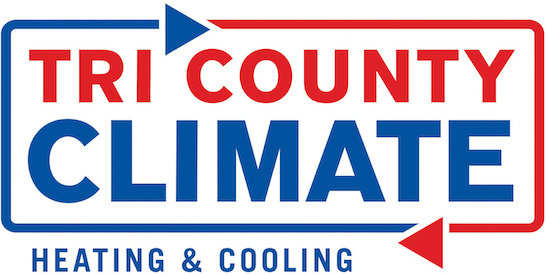
You shouldn’t need to give up comfort or drain your wallet to keep your home at the right setting during the summer.
But what is the ideal temperature, exactly? We review recommendations from energy professionals so you can determine the best temp for your house.
Here’s what we suggest for the most energy-efficient setting for air conditioning in Bend.
Recommended Thermostat Settings for Summer
Most households find placing the thermostat at 72-73 degrees provides ideal comfort. However, if there’s a major difference between your indoor and outdoor temps, your AC costs will be larger.
This is our advice based on the U.S. Department of Energy (DOE) and ENERGY STAR®.
While at home: 78 degrees. While that sounds too high, there are approaches you can keep your residence pleasant without having the air conditioner running all the time.
Keeping windows and blinds down during the day keeps chilled air where it should be—indoors. Some window treatments, such as honeycomb shades or plantation shutters, are made to provide extra insulation and improved energy efficiency.
If you have ceiling fans in your house, the DOE says you can move thermostat settings about 4 degrees warmer without giving up comfort. That’s since they cool by a windchill effect. Since they cool people, not spaces, shut them off when you move from a room.
If 78 degrees still appears too uncomfortable at first glance, try doing a trial for about a week. Begin by raising your temperature to 78 degrees while you’re at your residence. Then, gradually lower it while following the suggestions above. You might be surprised at how comfortable you feel at a warmer temperature setting.
While away: 88 degrees. There’s no rationale for keeping the air conditioner working all day while your house is unoccupied. Switching the temp 7–10 degrees warmer can save you an estimated 5–15% on your cooling expenses, according to the DOE.
When you come home, don’t be tempted to set your thermostat colder than 78 to cool your home more quickly. This isn’t effective and typically produces a higher electrical bill.
A programmable thermostat is a useful way to keep your settings controlled, but you have to set programs. If you don’t utilize programs, you risk forgetting to raise the set temperature when you leave.
If you need a hassle-free remedy, think about buying a smart thermostat. This thermostat links with your phone, so it knows when you’re at home and when you’re out. Then it instinctively changes temperature settings for the biggest savings. How much exactly? An estimated $180 yearly on heating and cooling, according to ENERGY STAR.
Another advantage of installing a smart thermostat? You can use your phone to watch and adjust temperature settings from almost anywhere.
While sleeping: Around 70 degrees. While ENERGY STAR recommends 82 degrees, that might be too uncomfortable for most families. The majority of people sleep better when their sleeping area is cold, so that’s why the National Sleep Foundation advises 60–67 degrees. But that could be too chilly, based on your PJ and blanket preference.
We recommend following an equivalent test over a week, setting your thermostat higher and progressively lowering it to determine the best temp for your family. On mild nights, you might discover keeping windows open at night and using a ceiling fan is a better idea than operating the AC.
More Approaches to Conserve Energy During Hot Weather
There are extra approaches you can conserve money on air conditioning bills throughout hot weather.
- Get an energy-efficient AC system. Central air conditioners only work for about 12–15 years and lose efficiency as they age. An updated air conditioner can keep your residence comfier while keeping electrical expenses low.
- Book yearly air conditioner service. Annual air conditioner maintenance keeps your equipment running like it should and might help it operate at better efficiency. It could also help prolong its life cycle, since it helps techs to uncover little problems before they lead to a major meltdown.
- Put in new air filters frequently. Follow manufacturer instructions for switching your air filter. A dirty filter can lead to your system short cycling, or run too often, and raise your utility.
- Inspect attic insulation levels. Just about 90% of homes in the USA don’t have proper insulation, according to the Insulation Institute. The majority of southern climates need 13–14” of attic insulation, while northern climates need 16–18”.
- Have your ductwork inspected. Ductwork that has loosened over time can leak cool air into your attic, walls or crawl space. This can create major comfort problems in your house, like hot and cold spots.
- Seal cracks, doors and windows. Keep muggy air where it should be by closing openings. You can also caulk or weather strip doors to keep more conditioned air indoors.
Save More Energy During Hot Weather with Tri County Climate Control LLC
If you want to use less energy this summer, our Tri County Climate Control LLC experts can provide assistance. Give us a call at 541-546-1393 or contact us online for additional info about our energy-saving cooling solutions.

